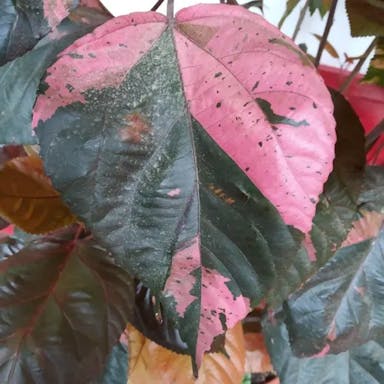Button mangrove, scientifically known as Conocarpus erectus, is a plant characterized by its upright growth habit and button-like fruits. This plant is local to beach regions in hot and partly hot areas, where it thrives in salty situations. The flowers of Conocarpus erectus are little and not evident, typically greenish-white in shading. Its leaves are dull green, glossy, and leathery, giving an appealing look. Conocarpus erectus is a kind of mangrove plant, playing a vital job in beach biological systems by steadying coastlines and giving natural surroundings for different species. There are various assortments of Conocarpus erectus, each with slight varieties in leaf shape and size. The organic products of this plant are little, round, and woody, taking after catches, subsequently the normal name
0
0












